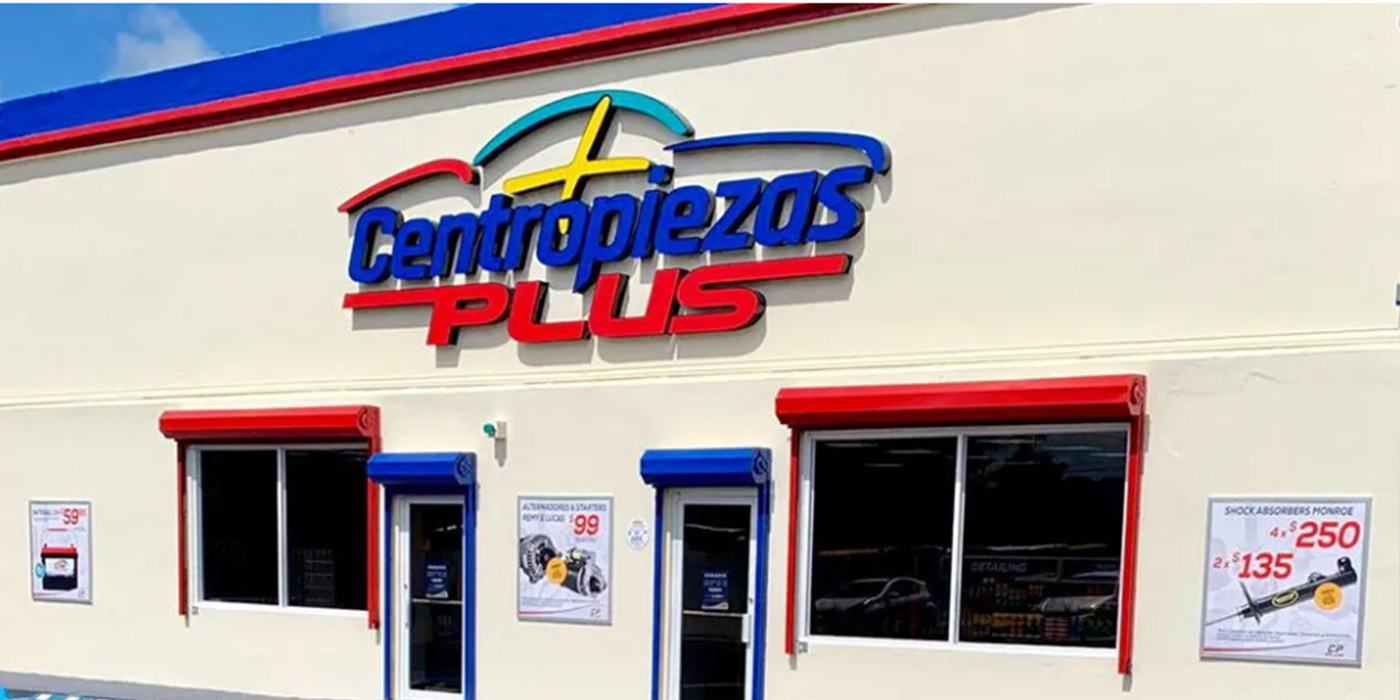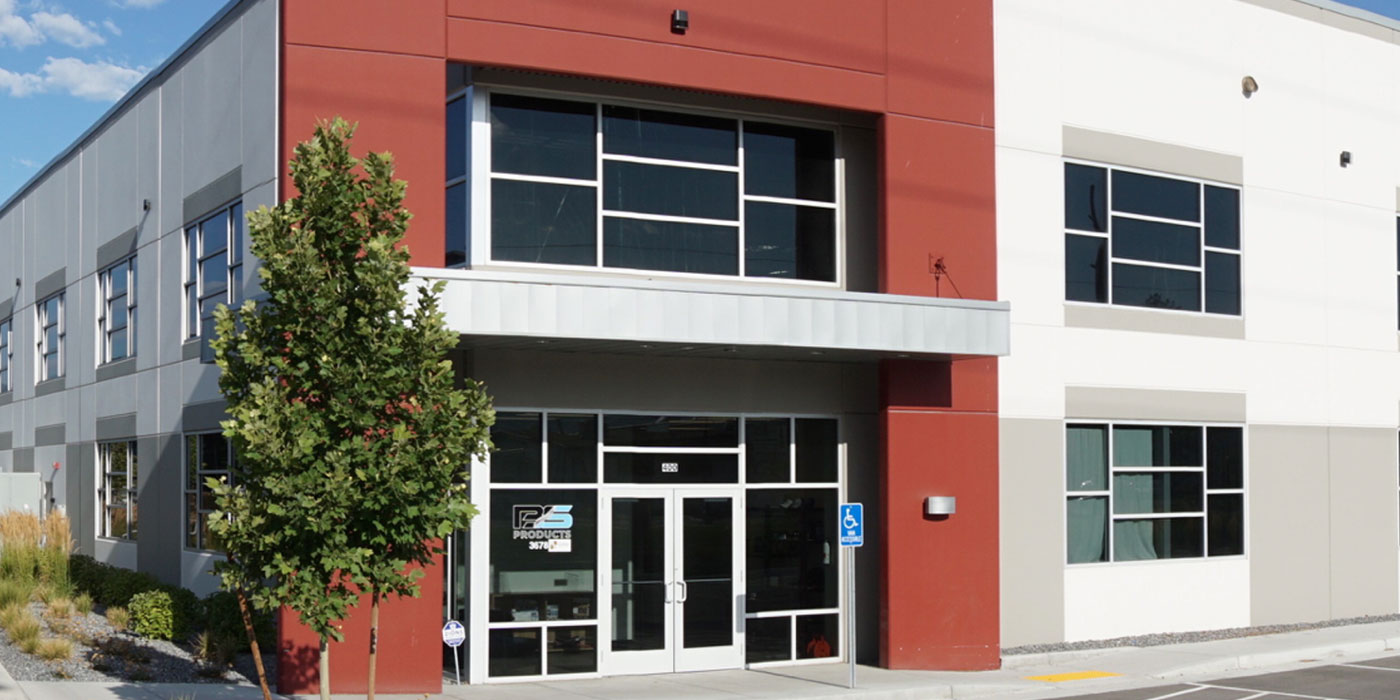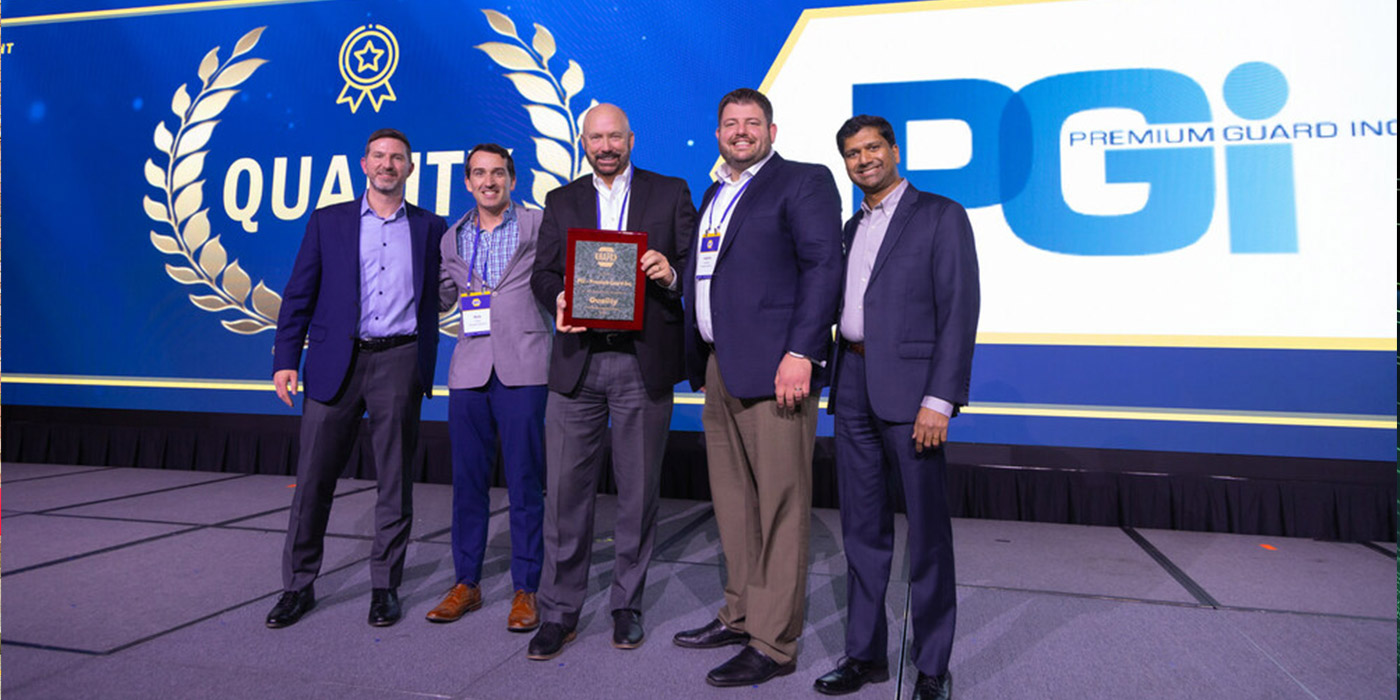The past two years have created significant challenges for global supply chains. As we enter into 2022, reflecting on the past 22 months can help to better prepare manufacturers and distributors for doing business in 2022 and beyond.
The impact to the automotive aftermarket has been unprecedented and significant, fraught with increasing issues in meeting customer and industry demands, centering on delays and increased costs. Difficulties in demand-planning also mounted as a result of the continued uncertainties in global markets and the transportation infrastructure moving freight globally.
While every business vertical and country in the world saw disruption, manufacturers and distributors in the automotive aftermarket, with huge dependencies on Asian markets and just-in-time parts distribution, saw dramatic increases in freight costs and long delays. The primary cause of the disruption relates to two areas: increases in demand and limitations in capacity.
The demand – starting with consumers, then followed by industry and government agencies, all on a buying spree and seeking enhanced inventory balances – has never been seen in modern history, impacting manufacturing, production, demand-planning and distribution management.
This historical increase in demand has overwhelmed the global transportation infrastructure that enables comprehensive and timely performance, resulting in frustration, anger, dismay, and even belligerence toward all companies associated with logistics services. This includes carriers, freight forwarders, NVOCC’s/consolidators, customhouse brokers, 3PLs and related companies.
At the macro level, these problems stem from the demand vs. capacity issues. But, when viewed on a micro-level they are caused by a shortage of drivers, trucks, chassis, manpower, handling and shipping equipment, space limitations, Covid-caused blackouts, shortfalls in demand planning, closed facilities, mis-routings, Covid shut-downs, greed, ill-preparedness, weather and a host of other issues. That multitude of issues continues to worsen and shows no real end in the short-term.
Demand-planning for buyers meeting manufacturing, distribution and customer needs is very much in disarray as the uncertainty of the Covid pandemic has made this responsibility a very difficult one to manage successfully and consistently.
There are two big questions we must consider when preparing for the challenges coming at us in 2022: When will it end? And what can we do about the issues associated with the pandemic disruption?
When will it end?
Our best guess places the disruption to begin to subside in the third quarter of 2022 and last through Chinese New Year 2023.
•March 2020-April 2022: Supply chain disruption increases every month.
•April 2022-March 2023: Supply chain disruption still difficult but stabilizing.
•April 2023: Disruption begins to significantly subside.
This analysis is the result of both quantitative and qualitative data obtained from numerous government and confidential data banks and resources, combined with our own insight and experience gained over the past 40 years of operating in global supply chains.
Regarding some of the other global crises that have had major disruptive impact to world trade and global supply chains, including Hurricane Katrina in 2005, the Japanese Tsunami in 2011, the Global Financial Crisis of 2008/2009, and the events surrounding 9/11 — we as a country and as a globally connected trading partner managed to get through all of these over time with the right actions. Though this Covid-19 pandemic has been much worse on a global scale, many of the lessons-learned from those preceding events have guided us to potentially successful tried and tested solutions.
A Look Ahead: Predictions
Observing delays and pricing as we work through 2022 and look ahead, here are some predictions:
•Delays will continue to increase in ocean freight through to the Fall of 2022.
•Air, truck, and rail will still have some capacity issues, which will more quickly subside, by the summer of 2022.
•Warehouse space will continue to have capacity limitations and price increases as much as 20 percent.
•Principal manufacturers and distributors will upgrade the role of supply chain management in their business models and seek options that produce lower risk, and possibly accept cost increases as reasonable trade-offs for on-time performance, dependability and “ride, as-booked” options.
•The most problematic trade lane has been between the U.S. and China, particularly on imports to the Americas.
-This factor, combined with China/U.S. political and economic instability, IPR concerns, trade imbalances, forced labor issues and increased costs, will cause numerous companies to seek sources for alternative manufacturing and moving to new suppliers in other more friendly countries, near shoring back to the U.S. or Mexico – but certainly out of China.
•Companies will aggressively seek other opportunities to reduce risk and spend. These might be utilization of programs in drawback, foreign trade zones, bonded warehousing, free trade agreements, tariff engineering, just to name a few options.
•Logistics managers will more closely manage their vendor relationships in providing freight services. Price will be less of a driving factor, more dominated by performance.
•Demand-planning systems will need to become more pliable and flexible in their approach to product ordering.
•Procurement teams will work harder to study historical data, combined with future anticipated needs and collaborate more closely with suppliers in better predicting need and the time frames for purchase ordering.
•Technology will be moving at light speed to make supply chains run better, more cost efficiently and allow for ease of demand planning requirements.
•The integration of technology between manufacturers, distributors, service providers, carriers, vendors, government agencies and customers will become more robust, thereby more efficient and cost-effective operational connections between the parties in the supply chain.
A Look Ahead: Recommended Actions
Looking ahead, we outline six action items for “Global Supply Chain Preparedness” in 2022:
1. Elevate supply management
2. Develop resources
3. Build in additional costs
4. Be flexible and pliable
5. Invest in technology solutions
6. Plan on remote-working as a long-term event
Companies now recognize the increasing importance of supply chain management, resulting in the following actions and accomplishments:
– Raising the profile of supply chain senior management to a “seat at the table” in your organization, giving them more authority and influence on decisions impacting the business. This will lead to less disruption in the supply chain.
– Build resilience in the supply chain, making longer-term decisions that may tradeoff short-term cost implications.
– Successful supply chain management in every business model requires intense collaborative processes among all the silos of any organization.
– Senior management must create a culture and pathway for robust collaboration.
Case Study
In a pandemic, as circumstances disrupt the supply chain, flexibility, pliability and the ability to demonstrate a willingness to change direction are critical attributes to managing the challenges and creating pathways moving forward.
In this Covid-19 pandemic over the past two years, we have closely monitored more than 100 global supply chains, and we can clearly and concisely conclude that those supply chains that bent like a willow tree in the winds of disruption survived and even prospered. Those that were not willing to bend became stuck and were on the losing side of their business models.
Take, for example, a Baltimore-based distributor of tire rims who had two primary selling channels, big box retailers and e-commerce.
Before Covid, it imported from two major suppliers, one in China, the other in Spain. They brought all merchandise into a 250,000 square foot facility on the U.S. East Coast, near its corporate office in Maryland. This model was opened in 1981 and continued through to the Fall of 2020, when it started to fail.
Covid caused huge delays in meeting the big box retailer’s P.O. requirements on delivery. In e-commerce, where margins were thin, additional inbound freight costs impacted profitability as well as financial viability.
They engaged our firm. We took a four-step process to mitigate their issues:
The process, in a simplified review, studied the details of their business model and how the supply chain operated. We benchmarked that model and began to collaborate on potential solutions.
Once we identified potential solutions, we determined financially and operationally how the potential solutions might impact and work within their business model, with some modifications and process changes.
For the big box retailers, who had their own consolidations going on in China, we changed the delivery from their U.S. warehouses to their consolidation facilities in China.
The big box retailer controlled more volume and ocean freight carrier capacity, and through their allocation allotments were in a much better position to move the freight in a more-timely fashion — and it worked.
With the e-commerce business, we designed the capability to ship directly from a fulfillment center near Shanghai, through a consolidator, and then last mile to the customers in the U.S. We eliminated the warehousing in the U.S., which was a mainly a “pass-through,” i.e., no value-add. And when shipments were under the $800 de minimis value, we also eliminated some of the tariff and customs clearance costs. We not only protected margin but now offered a more competitive “landed cost” model.
Bottom line: In this difficult period of supply chain disruption, we were able to impact cost and risk with a supply chain management team that demonstrated flexibility and creativity in their approach to problem resolution.
We are also recommending that monies be budgeted and allocated to more robust integration in the supply chain, from the P.O. through to shipping, inventory WIP and distribution, which can create efficiencies and more cost-effective operations.
Resource development is part of information gain. And, information is “gold” anytime a major disruptive event like Covid-19 occurs. Executives involved in business models with critical supply chain operations must allocate time and money to resources and information gain. Better decisions come directly from more informed decision-makers.
Even when the transportation infrastructure finally catches up to the demand and costs are lowered, we do not anticipate that a 40’ Container from China into the West Coast of the United States, which cost $2,750 in 2019, and cost $23,500 in January 2022, is not likely to go back down to $2,750, but more likely will settle in at around $4,000-$6,000 range.
As such, in both the short- and long-term business environment, we should anticipate that freight as a component of “landed cost” will likely cost us more now and into the future (see freight cost chart above).
Working Remotely
One of the impacts of the pandemic is personnel working from home, all over the world. To some extent, this has been a resolution strategy, but from another perspective it is adding to overall disruption in the global supply chain arena.
In either case, with the uptick in the Covid Omicron surge we currently face globally, it appears that working remotely is likely to continue well into 2022.
Just as we adapted to this remote business model, we need to accept its continued presence and create better methods to assure personnel productivity, performance and supply chain skill set.
The remote model may have been a “band-aid” solution, but most of us in senior management have raised concerns about its effectiveness on areas of employee performance.
If the supply chain disruption challenge continues, which all predictive models point to that occurrence, our remote supply chain, procurement, logistics and management teams must find creative ways, flexible pathways and solutions that work well in that “work-at-home” mode of operation.
Summary
All of us in the global supply chain, in all business verticals including the automotive aftermarket, should feel good about how we performed in the past two years among such uncertainty and disruption.
While most supply chains faced difficulties, most of them found ways to navigate to successful solutions and mitigating options.
As we look forward, many of these challenges will still exist and some even will become more volatile. Many of the comments, recommendations and thoughts produced in this article can be beacons of direction to find both solutions and mitigation. AMN
About the Author
Thomas Cook is Managing Director of Blue Tiger International, a global consultancy advising on supply chain management, trade compliance, purchasing, trade and disruption management, global business and logistics, and Managing Director of the National Institute for World Trade. For more information, visit www.bluetigerintl.com.














